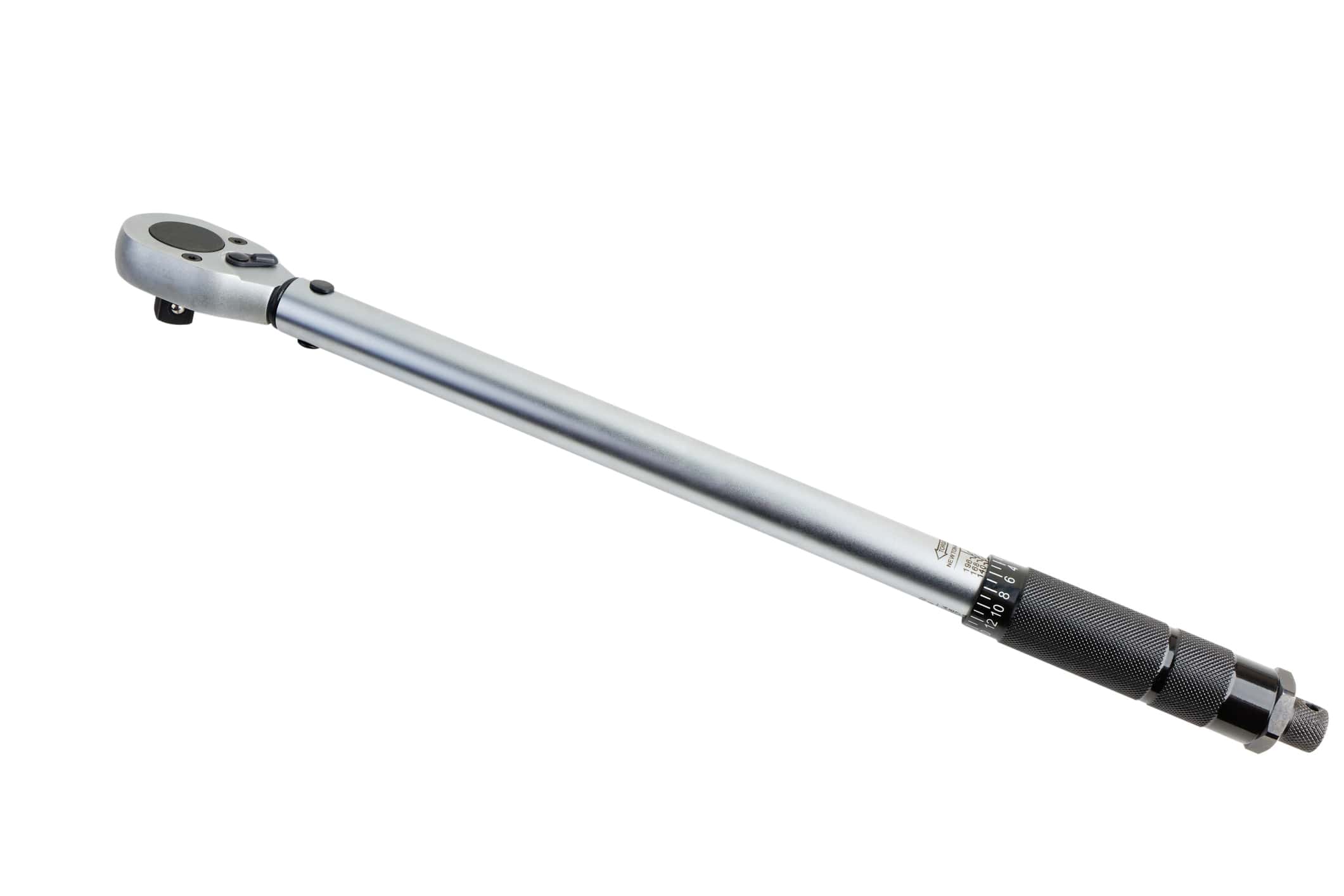
If you’ve ever had a hard time opening a jar of pickles, then you can appreciate the work that torque wrenches do. A torque wrench can be used in a variety of applications and are very useful, especially when it comes to sealing and preserving food. “Why food?” you might ask, but consider this, if you have a cap on a bottle, or jar and it’s too loose, then air can get in and spoil the food (and nobody likes stale pretzels) Conversely, if the lid is too tight, the cap simply twists past the threads and the lid pops off. This can be even more detrimental if the food is stored in glass, as it can cause the threads or the jar itself to fracture. This is one of the reasons why a torque wrench is important, but the question is: how do they work?
There are many different shapes and styles of torque wrenches, depending on their application. The standard torque wrench has been around since the late 1920s. A standard torque wrench looks very similar to a socket wrench, but has a few extra features. The handle itself is made of a more elastic material that responds when force is applied. Towards the head, there is yet another arm that isn’t affected by the torque and remains parallel to the arm itself. This arm reflects the amount of torque applied and matches to a gage toward the base of the handle. When comparing the amount of “flex” in the handle, as opposed to the arm, the amount of torque is determined.
This is how a standard torque wrench works. There are many different styles that are employed by various industries. Some are digital, some mechanical, and each one has it’s own different purpose or function. There are even screwdrivers that can measure torque, and work similarly to a torque wrench.
Torque wrenches have a lot of different applications than just sealing food. If you’ve ever tried to unscrew a bolt that’s been over tightened, then it’s pretty easy to see why torque matters. There are a lot of different applications in which the amount of torque and tension applied needs to be “just right”. Too loose and the parts can come apart. Too tight and you run the risk of stripping the bolt or causing other issues. Even though a torque wrench is a tool that can stand up to some heavy abuse, it’s still important for it to be calibrated properly, especially if you’re working with delicate components. Garber Metrology has been in service for close to 40 years and specializes in the finely tuned calibrations that are necessary for accurate readings. If you need accuracy and reliability, Garber Metrology has your needs covered.